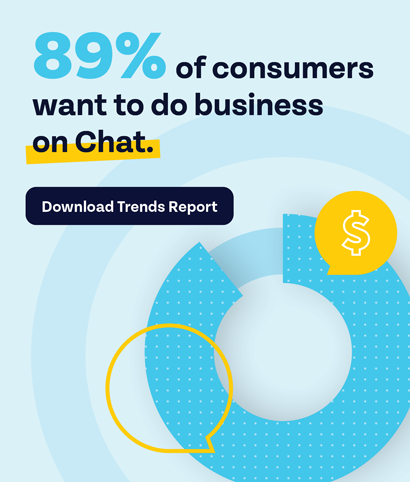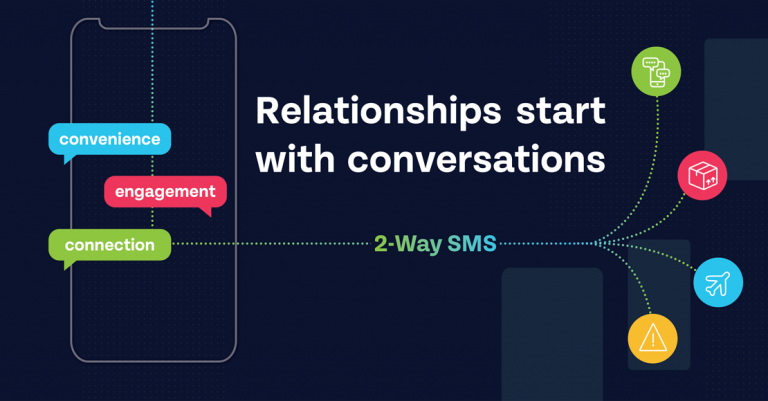
Tech progress has gained enormously this year, with so much being pushed out, it’s been hard to keep up. Yet, one key area that has emerged in consumers’ homes has been the increasing number of alternate reality headsets. This is important for all businesses to consider since it is a new platform that has numerous uses not explored yet. To that end, let’s consider what augmented reality has meant for 2016.
What is augmented reality?
Virtual reality is far more popular than augmented, in terms of renown. Most people have seen how people put on goggles and can be transported to virtual worlds. 2016 was when virtual reality was no longer only in science-fiction movies. With commercial products like the Sony Playstation VR and the Oculus Rift, consumers have been able to acquire these as retail items. Of course, they are very expensive but they’re also extremely new. They’re also not as niche as many would think. A revised forecast for 2016 indicated that the number of units sold is just under 750k for the PlayStation VR.
But, virtual reality is not augmented reality.
When you talk about augmented reality, you are discussing simulating digital experiences on to the world. Users can still see the world around them but augmented reality devices impose digital simulations on top of this. This can be everything from looking through your phone camera at the outside world to more advanced headsets. Though these might not occupy as many homes, there is still reason to think augmented reality devices will see a surge in terms of interest.
2016 and augmented reality
Pokemon Go was the most downloaded game in 2016 and it was entirely about augmented reality. It simulated tiny creatures that users could “catch” by interacting with their phones. Using the technology Niantic Labs had perfected with their previous game, users wander around their world and “see” these fantastical creatures through their phones. Though fewer people are playing it these days, it’s still popular – just in October, it was still raking in $2 million a day.
Snapchat, the popular app that many teens use, let users impose filters called “Lenses” that altered what people saw when using it. People put funny faces and other digital designs over themselves as they used the app. What’s most interesting is how this applies to advertising and business. As Quartz notes: “with the AR features fuelling a growth in engagement for Snapchat, [analysts say] that features like Lenses could pull advertising dollars from, say, Facebook or Instagram, platforms which have been seen their rapid growth start to plateau ever so slightly.”
So while many of us looked on in wonder at virtual reality, it seems that augmented reality actually secured itself far more in 2016. As we’ve pointed out before, there are all sorts of implications upcoming tech will have on consumers and marketing. Augmented reality must be added to these considerations going forward.
Explore other articles
Step into the future of business messaging.
SMS and two-way channels, automation, call center integration, payments - do it all with Clickatell's Chat Commerce platform.








